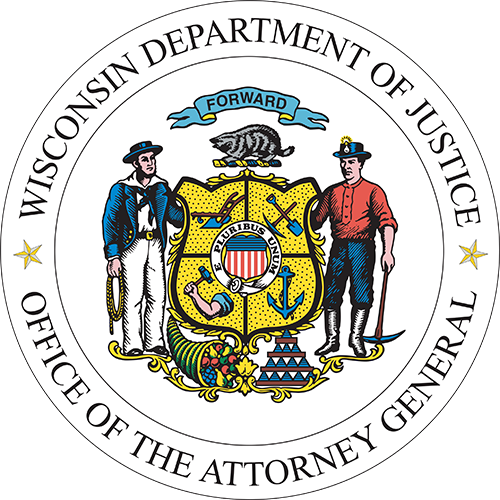AG Kaul Joins Comment Letter Asking EPA to Improve Its Proposed Revised Standards for Lead in Drinking Water
MADISON, Wis. – Attorney General Josh Kaul, as part of a 10-state coalition, today filed comments to the U.S. Environmental Protection Agency (EPA) regarding proposed amendments to nationwide standards for controlling and remediating lead in drinking water, also known as the Lead and Copper Rule. The EPA’s proposed revisions represent the first major amendments to the Lead and Copper Rule, which was first promulgated in 1991, in a generation. Although some of the proposed revisions strengthen the 1991 rule, others appear to weaken existing requirements and fail to adequately protect the public from lead in drinking water.
“We must ensure that lead doesn’t endanger the safety of our drinking water,” said Attorney General Kaul. “The strong safeguards we’re advocating for would help protect public health.”
Lead is a highly toxic heavy metal that can adversely affect almost every organ and bodily system. It is particularly dangerous for children since their developing brains and nervous systems are more sensitive to its damaging effects. Lead exposure can cause a range of health problems, including premature birth, learning disabilities, delayed physical development for children, and cardiovascular and kidney problems for adults. The EPA itself notes that, “lead is a toxic metal that can be harmful to human health even at low exposure levels.[1]” Most lead enters drinking water from corroded pipes, faucets, and fixtures that contain lead or brass, and is exacerbated if water has high acidity or low mineral content. Lead is most commonly introduced to drinking water through the lead service lines that connect homes to public water mains, not through the water source itself.
The existing rule requires water systems to work with customers to collect samples from a small number of drinking water outlets associated with lead service lines or plumbing materials. If 10 percent of all water samples taken exceeds the 15 parts per billion (ppb) action level, water systems must take corrective actions to reduce lead in drinking water.
While EPA’s proposed revisions strengthen the Lead and Copper Rule in a number of ways, the coalition asserts in its comment letter that the proposal falls short in several other areas necessary to make the rule an effective tool for protecting communities from lead in drinking water. The coalition also argues that some of the proposal may violate the Safe Drinking Water Act (SDWA). As identified in the comment letter, EPA’s proposed treatment requirements may fail to “prevent known or anticipated adverse effects on the health of persons to the extent feasible” as required by the SDWA. The rule’s proposed reduction in the lead service line replacement rate — from seven percent to three percent — may also violate the SDWA anti-backsliding provision that prohibits the EPA from weakening existing drinking water standards. Decreasing the current replacement rate would give water districts up to 33 years to replace lead service lines that test above actionable levels.
